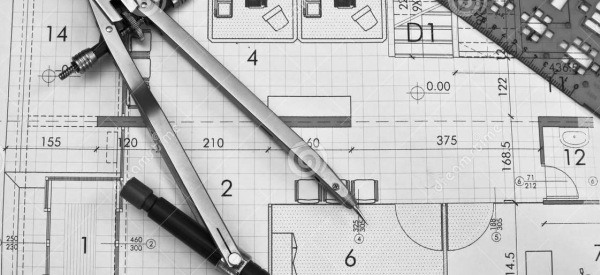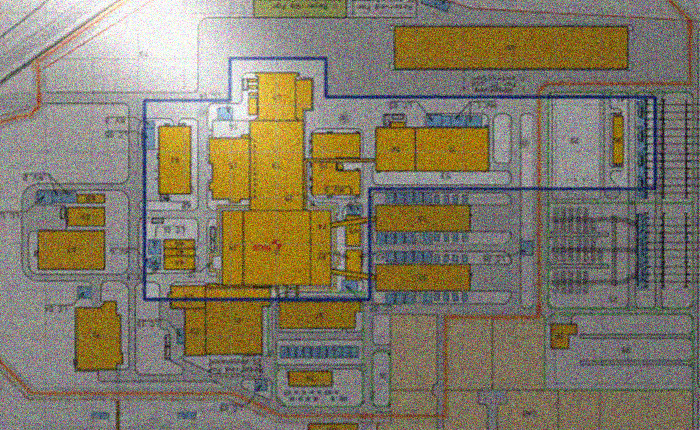GATE – Graduate Aptitude Test in Engineering is an ONLINE examination conducted by the Indian Institute of Science (IISc), Bangalore along with seven Indian Institutes of Technology on behalf of MHRD, India to test the comprehensive understanding of the candidates in various undergraduate subjects related to Science.
GATE Qualification is mandatory for seeking admission to:
(i) Master’s programs in Engineering/ Architecture/ Technology
(ii) Doctoral programs in relevant branches of Science, in the institutions supported by the MHRD and other Government agencies.
The score of GATE Examination is valid for Three Years from the announcement of the results.
A collection of previous years GATE AG Question papers along with answers are provided below to give a better understanding about GATE AG upcoming examination.
For latest updates on GATE 2019, visit http://gate.iitm.ac.in/
GATE 2019 AG Exam details
The duration of the GATE 2019 examination is 3 hours and the question paper consist of 65 questions for a total of 100 marks.
The exam contains two different types of questions:
(i) Multiple Choice Questions (MCQ)
Each MCQ would carry 1 or 2 marks each and these questions are objective in nature. There will be a choice of four answers, out of which the candidate must choose the correct answer. Note that there will be negative marking for a wrongly selected answer.
(ii)Numerical Answer Type (NAT) Questions
Each NAT question carry 1 or 2 marks each and for these questions, the answer is a signed real number, which needs to be entered by the candidate using the virtual numeric keypad on the monitor (keyboard of the computer will be disabled). No choices will be given for these types of questions. There is no negative marking for a wrong answer in NAT questions.
GATE AG Syllabus
- Section 1: Engineering Mathematics
Linear Algebra: Matrices and determinants, Eigen values and eigen vectors.
Calculus: Partial derivatives; maxima and minima; Fourier series, Taylor series.
Vector Calculus: Gradient; divergence and curl; line; surface and volume integrals;Stokes, Gauss and Greens theorems.
Differential Equations: Cauchy’s and Euler’s equations; Laplace transforms; Partial Differential Equations – Laplace, Linear and non-linear first order Ordinary Differential Equations (ODE); Higher order linear ODEs with constant coefficients
Probability and Statistics: Poisson, normal and binomial distributions; correlation and regression analysis.
Numerical Methods: Solutions of linear and non-linear algebraic equations; numerical integration – trapezoidal and Simpson’s rule.
- Section 2: Farm Machinery
Machine Design: Design and selection of machine elements – gears, pulleys, chains and sprockets and belts; measurement of force, torque, speed, displacement and acceleration on machine elements.
Farm Machinery: Soil tillage; calculation of performance parameters – field capacity, efficiency, application rate and losses; cost analysis of implements and tractors.
- Section 3: Farm Power
Sources of Power: Sources of power on the farm – human, animal, mechanical, electrical, wind, solar and biomass; bio-fuels.
Farm Power: Thermodynamic principles of I.C. engines; power efficiencies and measurement; calculation of power, torque and fuel consumption
Tractors and Powertillers: Type, selection, maintenance and repair of tractors and powertillers; mechanics of tractor chassis; traction theory; tractor tests and performance.
- Section 4: Soil and Water Conservation Engineering
Fluid Mechanics: Hydrostatic pressure and its measurement; hydrostatic forces on plane and curved surface; continuity equation; Bernoulli’s theorem, Darcy- Weisbach and Hazen-Williams equations, Moody’s diagram.
Soil Mechanics: Index properties of soils; permeability and seepage analysis; shear strength, Mohr’s circle of stress, active and passive earth pressures.
Hydrology: Hydrological cycle and components; hydrograph analysis, stream flow measurement; flood routing, hydrological reservoir and channel routing.
Surveying and Leveling: Measurement of distance and area; instruments for surveying and leveling; chain surveying, methods of traversing.
Soil and Water Erosion: Mechanics of soil erosion, biological and engineering measures to control erosion; terraces and bunds; vegetative waterways.
Watershed Management: Watershed characterization; land use capability classification; rainwater harvesting structures.
- Section 5: Irrigation and Drainage Engineering
Soil-Water-Plant Relationship: Water requirement of crops; consumptive use and Evapotranspiration.
Irrigation Water Conveyance and Application Methods: Design of irrigation channels and underground pipelines; irrigation scheduling; irrigation efficiencies.
Agricultural Drainage: Drainage coefficient; planning, design and layout of surface and sub-surface drainage systems; leaching requirement and salinity control.
Groundwater Hydrology: Darcy’s Law, steady flow in confined and unconfined aquifers.
Wells and Pumps: Types of wells, classification of pumps.
- Section 6: Agricultural Processing Engineering
Drying: Psychrometry – properties of air-vapors mixture; hydrothermal treatment.
Size Reduction and Conveying: Mechanics and energy requirement in size reduction of granular solids; cleaning and grading, effectiveness of grain cleaners.
Processing and By-product Utilization: Processing of seeds, spices, fruits and vegetables; By-product utilization from processing industries.
Storage Systems: Controlled and modified atmosphere storage; perishable food storage, godowns, bins and grain silos.
- Section 7: Dairy and Food Engineering
Heat and Mass Transfer: Steady state heat transfer in conduction, convection and radiation; transient heat transfers in simple geometry; working principles of heat
exchangers and diffusive and convective mass transfer.
Preservation of Food: Kinetics of microbial death – pasteurization and sterilization of milk and other liquid foods; preservation of food by cooling and freezing, refrigeration and cold storage basics and applications.
For detailed Syllabus of GATE AG 2020 in PDF Format; click on the link provided below:
PREVIOUS YEAR GATE AG Question Papers and Answer Keys
| Sl. No | Year of GATE AG Exam | Download Link |
| 1 | 2019 | Download |
| 2 | 2018 | Download |
| 3 | 2017 | Download |
| 4 | 2016 | Download |
| 5 | 2015 | Download |
| 6 | 2014 | Download |
| 7 | 2013 | Download |
| 8 | 2012 | Download |
| 9 | 2007-2011 | Download |


